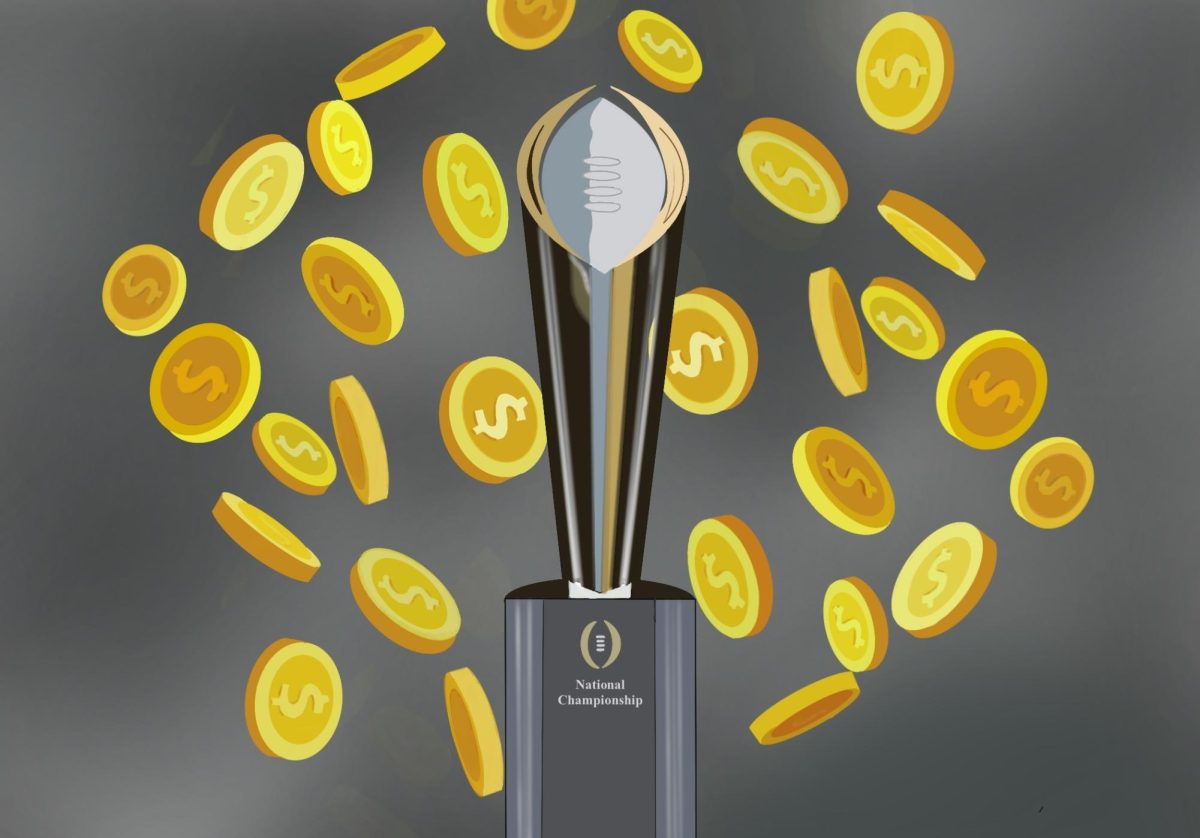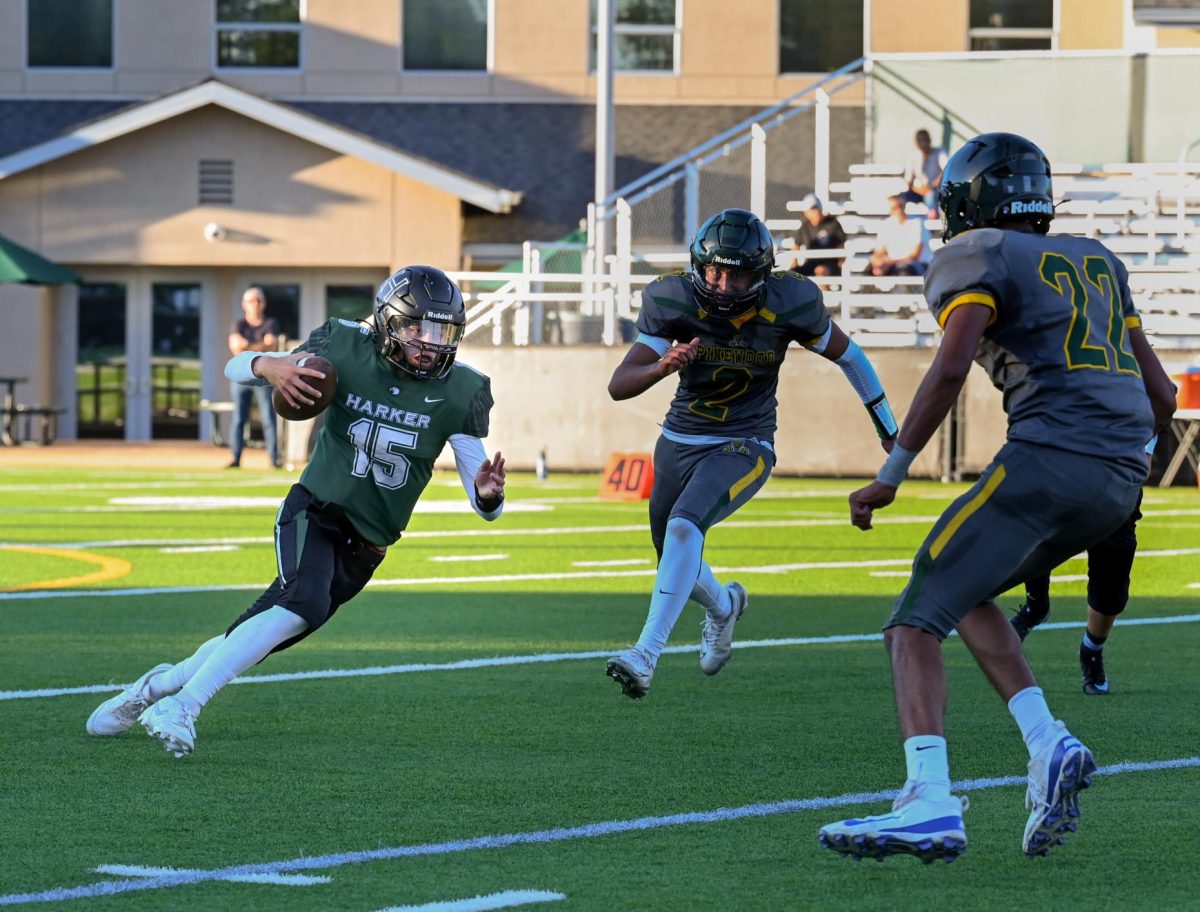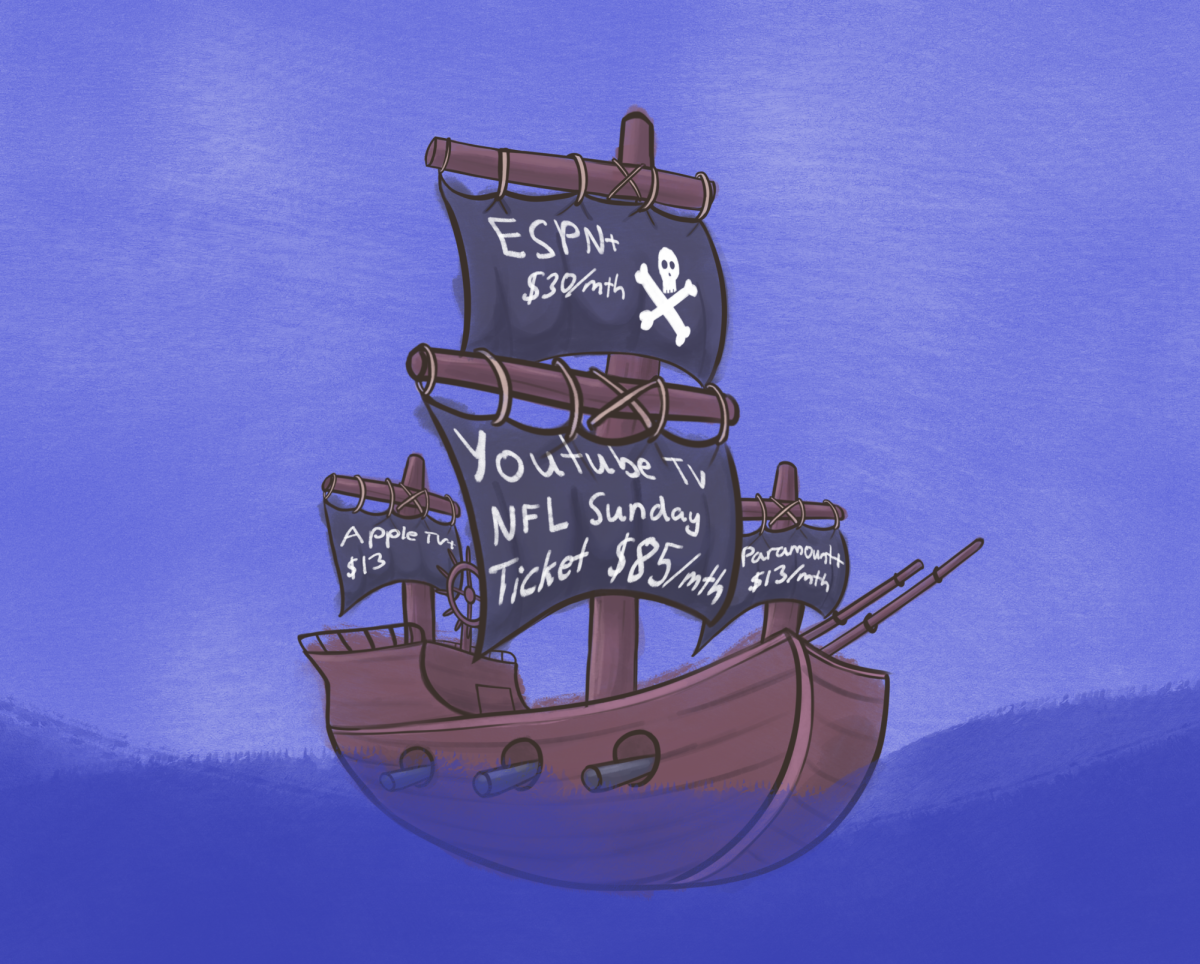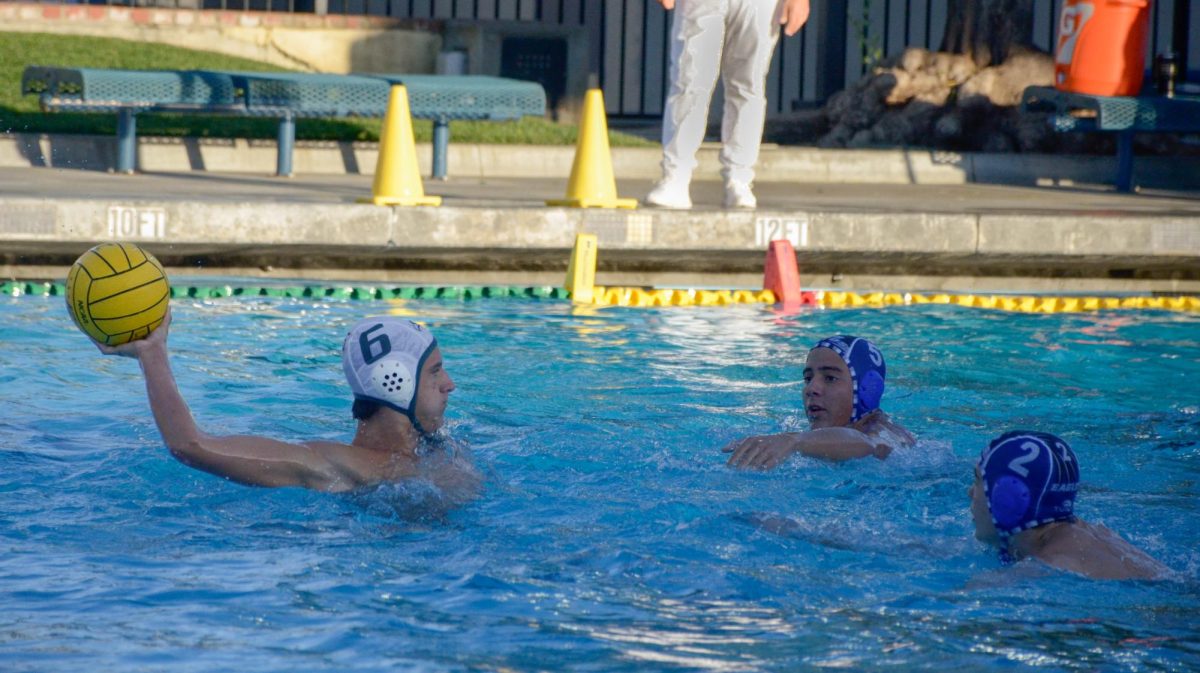Ohio State’s head football coach, Ryan Day, has led the Buckeyes to 53 wins and only 8 losses since taking over the team in 2019, the second-best record in college football. Yet, for Ohio State fans and boosters, this resume does not hold up on its own. The Buckeyes have not won a national championship since 2014, and have not won a Big Ten title since 2020. Worst of all, the team has not beaten their ultimate rival, the Michigan Wolverines, since 2019, despite beginning every season as the favorites to win.
For the program with the third-most wins in college football history, these shortcomings come as a drought. In order for Day to keep his job, the Buckeyes should capture a national championship this year— without the ultimate prize on his resume, his tenure has essentially proven obsolete for the Buckeyes, and the program must move on.
The only solution presented itself in 20 million dollars in NIL spending. This massive total has poised Ohio State’s roster to become one of the best teams in college football this season. To build this roster, the program dangled exorbitant sums in front of athletes debating transferring, sometimes reaching above millions of dollars for individual players.
While the Buckeyes gained players from programs like Alabama, who lost head coach Nick Saban to retirement, Michigan built their national championship-level program off of years of development. Compared to their rival’s culture-building approach, Ohio State’s more business-focused methodology looks great on paper, but does not hold up in the long run.
In 2020, the Wolverines came close to firing their head coach, Jim Harbaugh, though ultimately decided to stick the season out and fulfill his vision for the program. It took just a few short years for the team to reach the top of the mountain, with footballthe team winning the 2023 NCAA title. The journey was not easy, though. It took years of tough, NIL-free recruiting, faith in struggling players and gradual cohesion. For instance, former Michigan starting quarterback JJ McCarthy spent years scuffling before hitting his stride in the Wolverines’ national championship season, leading to a Heisman Award nomination.
To be fair, pride, grit or team culture do not aid players in raising their NFL draft stock and making money. Hence, a team like Ohio State, who in recent years have harbored much talent despite lacking cohesion, can appear more attractive for players. That perspective, though, would fail to take into account the rewards of team success for individual players. For instance, McCarthy, who initially appeared to be a sixth or seventh round talent, rode his team’s glory into a first-round selection by the Minnesota Vikings in this year’s draft. NFL teams picked 12 other Wolverines over the course of the 2024 draft— an all-time program record.
Ohio State serves as but one example of an alarming trend in college football roster-building. While players deserve NIL money and should be paid according to their worth on the free market, the pitfall of modern team construction rears its ugly head in the stunning lack of team culture that causes top programs like Ohio State to fall short. Throwing money at random, highly ranked players does not directly correlate with success.
Perhaps the Buckeyes will win the national championship this year and overwhelm opponents with their wealth of talent, but their approach does not lend itself to sustainable program building. Ryan Day, like all the other coaches utilizing NIL as a replacement for substantive team construction, will soon discover this hard truth.


















![“[Building nerf blasters] became this outlet of creativity for me that hasn't been matched by anything else. The process [of] making a build complete to your desire is such a painstakingly difficult process, but I've had to learn from [the skills needed from] soldering to proper painting. There's so many different options for everything, if you think about it, it exists. The best part is [that] if it doesn't exist, you can build it yourself," Ishaan Parate said.](https://harkeraquila.com/wp-content/uploads/2022/08/DSC_8149-900x604.jpg)




![“When I came into high school, I was ready to be a follower. But DECA was a game changer for me. It helped me overcome my fear of public speaking, and it's played such a major role in who I've become today. To be able to successfully lead a chapter of 150 students, an officer team and be one of the upperclassmen I once really admired is something I'm [really] proud of,” Anvitha Tummala ('21) said.](https://harkeraquila.com/wp-content/uploads/2021/07/Screen-Shot-2021-07-25-at-9.50.05-AM-900x594.png)







![“I think getting up in the morning and having a sense of purpose [is exciting]. I think without a certain amount of drive, life is kind of obsolete and mundane, and I think having that every single day is what makes each day unique and kind of makes life exciting,” Neymika Jain (12) said.](https://harkeraquila.com/wp-content/uploads/2017/06/Screen-Shot-2017-06-03-at-4.54.16-PM.png)








![“My slogan is ‘slow feet, don’t eat, and I’m hungry.’ You need to run fast to get where you are–you aren't going to get those championships if you aren't fast,” Angel Cervantes (12) said. “I want to do well in school on my tests and in track and win championships for my team. I live by that, [and] I can do that anywhere: in the classroom or on the field.”](https://harkeraquila.com/wp-content/uploads/2018/06/DSC5146-900x601.jpg)
![“[Volleyball has] taught me how to fall correctly, and another thing it taught is that you don’t have to be the best at something to be good at it. If you just hit the ball in a smart way, then it still scores points and you’re good at it. You could be a background player and still make a much bigger impact on the team than you would think,” Anya Gert (’20) said.](https://harkeraquila.com/wp-content/uploads/2020/06/AnnaGert_JinTuan_HoHPhotoEdited-600x900.jpeg)

![“I'm not nearly there yet, but [my confidence has] definitely been getting better since I was pretty shy and timid coming into Harker my freshman year. I know that there's a lot of people that are really confident in what they do, and I really admire them. Everyone's so driven and that has really pushed me to kind of try to find my own place in high school and be more confident,” Alyssa Huang (’20) said.](https://harkeraquila.com/wp-content/uploads/2020/06/AlyssaHuang_EmilyChen_HoHPhoto-900x749.jpeg)











